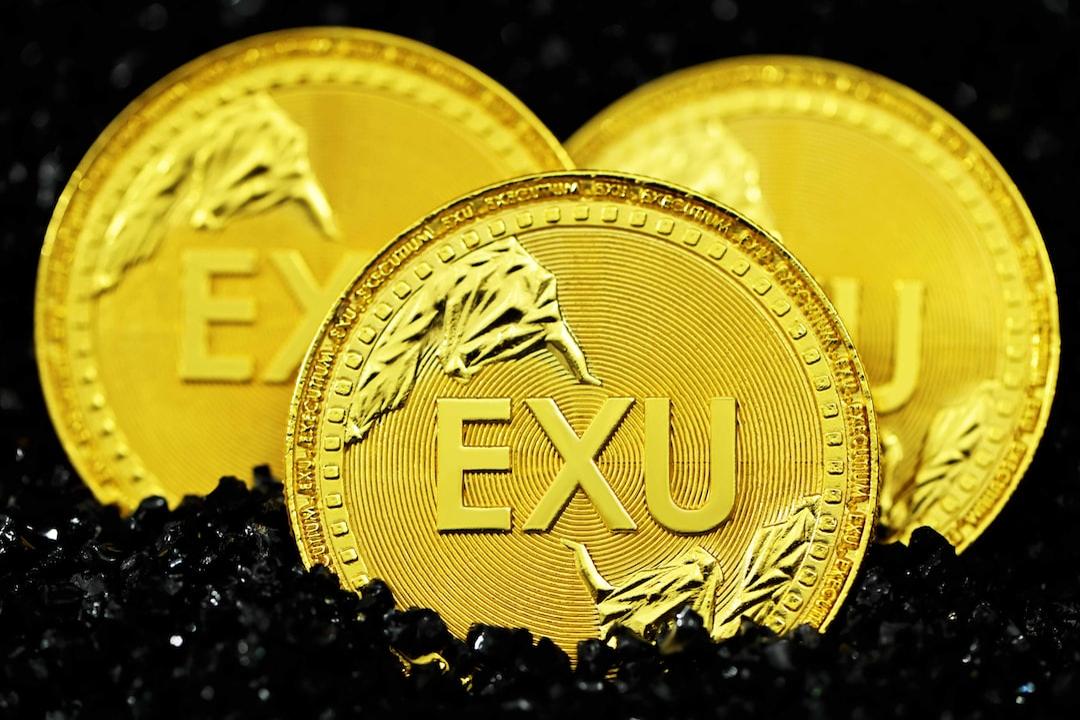What is Labubu?
A Nordic forest sprite with pointed ears and a mischievous grin, Labubu is sweeping the globe at an astonishing pace, becoming a fashion item, social currency, and even an alternative financial tool in the eyes of Generation Z. Recently, the third generation of the Labubu plush series made a strong debut, triggering a buying frenzy as soon as it went online. From sell-outs on domestic e-commerce platforms to overnight queues at overseas flagship stores, and from its prominent appearances in street fashion photography to its rampant presence on social media, Labubu is evolving into a cultural meme that transcends borders.
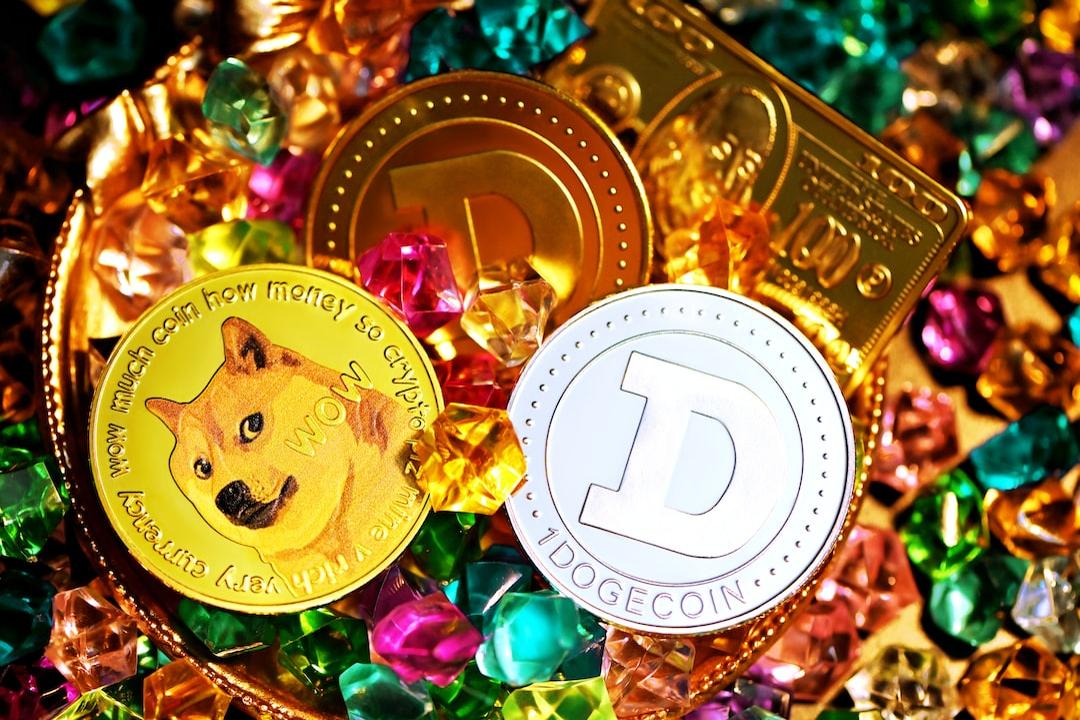
Behind this global trend lies a precise connection to young people’s deep-seated desires for personal expression and emotional release, and it has also become an alternative asset that capital markets are keenly focusing on. Not only is it sought after by traditional collectors, but even the crypto world is catching the Labubu wave.
In just a week, LABUBU skyrocketed in value, making a comeback to a market cap of tens of millions of dollars in Thailand. Recently, the meme coin $LABUBU surged in popularity due to the release of its new product line, once again making it the focus of market attention. Notable crypto influencers, including Ansem, tweeted with Labubu’s image, igniting a strong resonance within the community.

According to GMGN data, as of the time of publication, the market cap of $LABUBU soared from several hundred thousand dollars to $18 million within the past week, experiencing tens of times growth, with a trading volume of $9.5 million reached in just the last 24 hours. Data from Holderscan shows a significant increase in the number of $LABUBU holding addresses since May 14, indicating a continuous rise in user engagement and market enthusiasm.
In fact, this is not the first time $LABUBU has sparked a market frenzy. Back in November 2024, during the explosion of the meme coin sector, $LABUBU’s market cap surpassed $20 million. Although it was not an officially released meme coin, it still became one of the hottest IP projects at the time. The Thai market is a crucial traffic engine for this round of market activity.
At that time, Labubu had already generated phenomenal attention in Thailand, with its image frequently appearing on the streets of Bangkok, becoming a symbol of trendy culture. From celebrities, such as Lisa from Blackpink posting a photo with Labubu on Instagram, to Thai Princess Sirivannavari using Labubu as her everyday handbag “partner”, and ordinary young people wearing Labubu clothing or even using its patterns for tattoos, Labubu’s popularity led to a shortage of related products by Pop Mart in Thailand. The enthusiasm even attracted the attention of the Tourism Authority of Thailand, which granted Labubu the title of “Ambassador of Amazing Thailand” and held a grand welcome ceremony, with the Minister of Tourism and Sports personally attending.
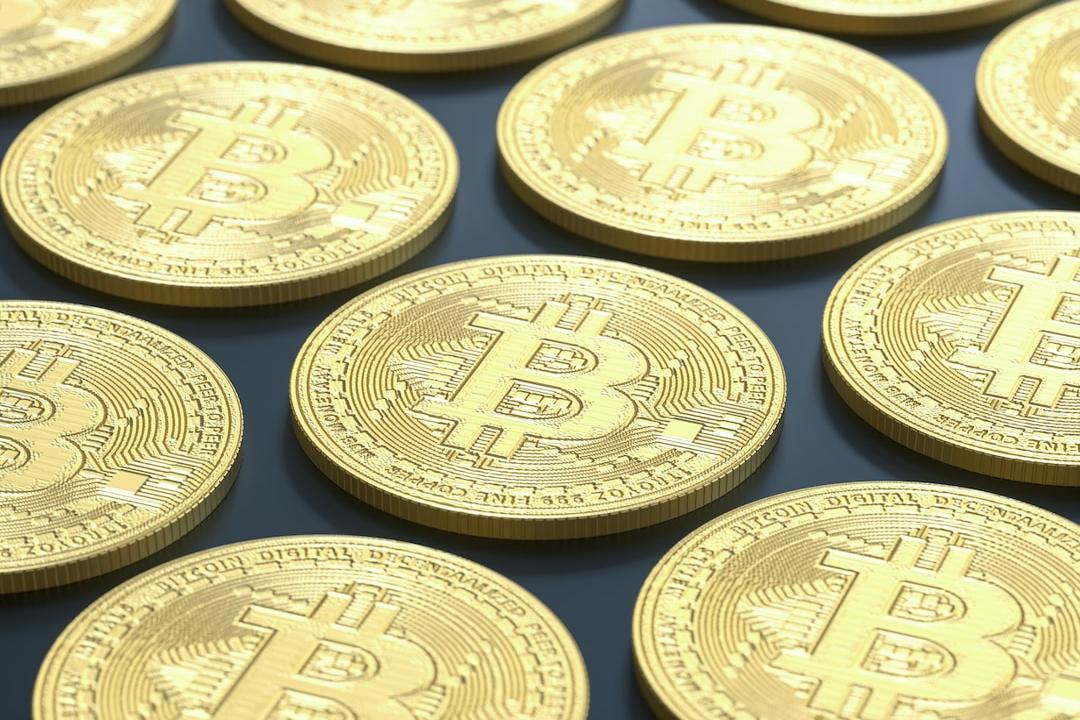
According to Pop Mart’s mid-2024 financial report, its overseas revenue reached 1.35 billion yuan, a staggering year-on-year increase of 259.6%. Among them, the Southeast Asian market contributed 560 million yuan, accounting for over 40% of total overseas revenue. Labubu’s strong performance in Southeast Asia has significantly boosted investors’ confidence in its related meme coins.
At the same time, another Thai local IP, MOODENG (Little Hippo), has also gained popularity worldwide, leading to the emergence of a similarly named meme coin, with its market cap heated up to hundreds of millions of dollars, drawing attention to Thai IP assets. Recently, MOODENG’s strong rebound has further propelled market interest in Labubu, potentially becoming an important spillover effect for the revival of the $LABUBU market.
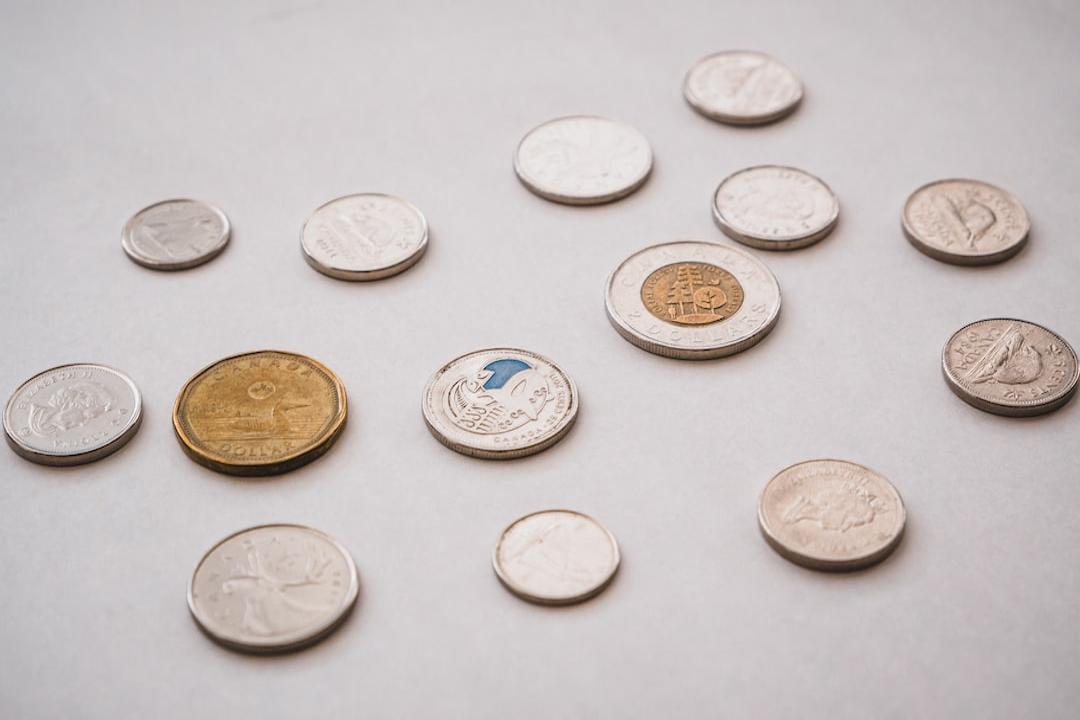
Currently, Labubu’s global popularity continues to rise. According to Google Trends, in the past 30 days, Labubu’s search popularity worldwide has far surpassed other meme-related IPs such as MOODENG, PEPE, DOGE, and Chillguy. This indicates that Labubu’s brand influence and market attention are rapidly ascending globally, far exceeding that of other similar meme projects.
From Trend Toys to Social Currency: The Rise of Cultural Economy Behind Generation Z
The goal of “recreating a Pop Mart overseas” is gradually being realized by Labubu’s astonishing speed of emergence. From pop star Rihanna being photographed at Los Angeles airport with a pink Labubu hanging from her bag, to seasoned Hermès player Bryanboy dangling a Labubu plush toy from a rare platinum bag… Labubu has been humorously dubbed “the success of breaking into America.” Behind this global cultural export, Labubu has quietly completed a cultural migration from the trend toy circle to the global mainstream fashion scene.
Fueled by the celebrity effect, Labubu quickly took the world by storm. Just last month, Pop Mart launched the third generation of Labubu’s rubber plush products, the “High Energy Ahead” series, globally, triggering a new wave of buying frenzy and noticeable price premiums in various markets. Besides the fervent pursuit from domestic fans, in Pop Mart stores at places like Chicago, Los Angeles, London, Milan, New Zealand, and Tokyo’s Harajuku, fans even camped overnight just to snag their coveted Labubu, becoming a remarkable sight in contemporary global trend culture.
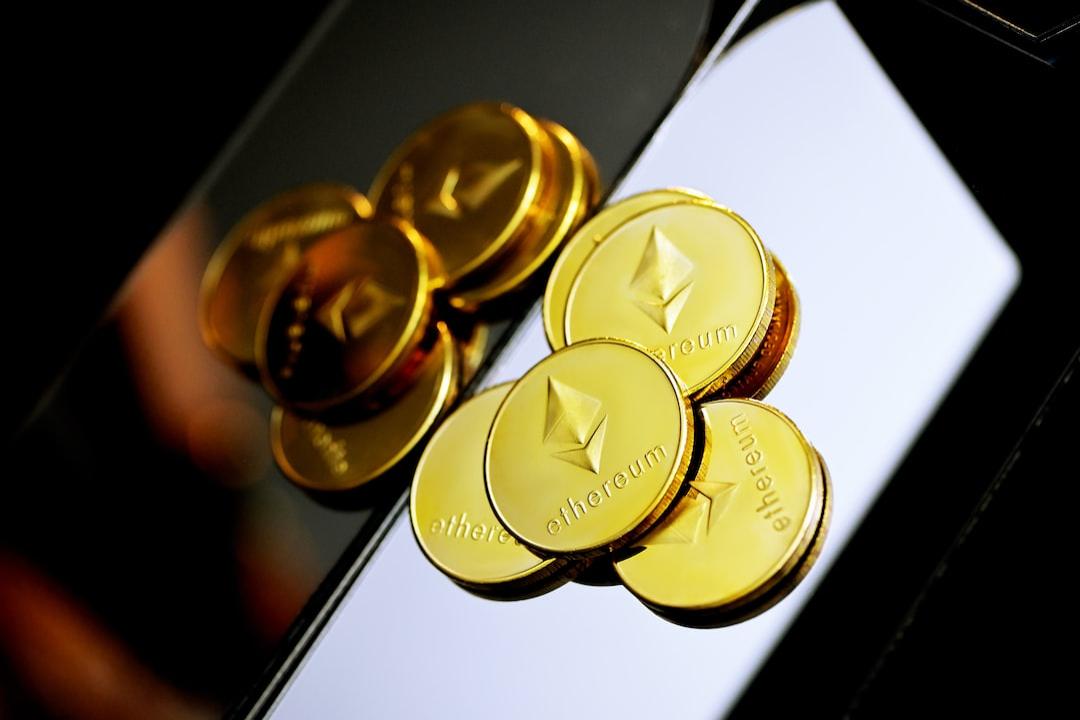
Not only is it thriving offline, but online sales are equally unstoppable. The Pop Mart App topped the shopping chart on the US App Store, soaring 114 places to fourth in the free chart, demonstrating its massive appeal in the North American market. On second-hand trading platforms, the price premiums for the “High Energy Ahead” series of Labubu are particularly astonishing—blind boxes originally priced at 99 yuan have seen typical price increases of 10%-200%, while hidden variants have reached premiums of several times, making them the gold and Bitcoin of the trend toy world, suddenly becoming a “financial tool” in the eyes of players.
On social platforms like TikTok and Instagram, Labubu is the key to virality. Young people are keen to post short videos of “blind box unboxing,” “fashion outfits paired with Labubu,” and “doll display walls,” even setting up dedicated content accounts that quickly amass millions of followers, with topic heat and attention continually rising. This fragmented mode of communication not only amplifies Labubu’s social influence but also constitutes the core leverage of Pop Mart’s content and community operations.
What’s more noteworthy is that unlike previous trends where toys were mainly viewed as collectibles or hobbies, Labubu has ascended to become the “universal currency” in global young people’s social scenes. At midnight markets and trendy gatherings in Bangkok, players have exchanged hidden variant Labubus for luxury bags and concert tickets; in Harrods, a collector traded a second-hand Hermès Kelly bag for a rare Labubu character; at the Coachella music festival in Los Angeles, fans exchanged limited edition Labubus for festival passes; and during a Shanghai trend exhibition, there was even a player who traded three iPhone 14 Pros for a hidden Labubu… This phenomenon of “toys as currency” not only signifies that Labubu serves as social capital but also becomes a medium symbol for identity recognition and aesthetic resonance among young people.
Now, Labubu has gradually evolved into a global IP with comprehensive business capabilities, also leveraging the flywheel effect of Pop Mart’s business logic. In 2024, the THE MONSTERS series to which Labubu belongs contributed 3.04 billion yuan in revenue to Pop Mart, a year-on-year increase of 726.6%, accounting for nearly a quarter of the company’s total annual revenue. Among them, rubber plush products became Labubu’s annual best-seller, with sales revenue reaching 2.83 billion yuan, and the sales proportion leaping from 3.2% to 21.7%, making it the second-largest category for the company after figurine products. At the same time, regarding stock performance, Pop Mart has set a historic high of 201.6 HKD, with a year-to-date return of nearly 121.4%.
In a sense, Labubu’s global rise mirrors the logic behind the ascent of meme coins. Both are essentially culturally driven phenomena propelled by emotional value, rapidly breaking through barriers through social media fragmentation, community self-propagation, and a strong sense of identity. Whether it’s young people camping overnight for hidden Labubus or investors rushing to buy a token based on a meme image, what’s reflected is the contemporary youth’s desire for self-expression, community recognition, and participation in the discourse power, becoming a template for the new generation’s cultural economy.
This article is collaboratively reprinted from: PANews

